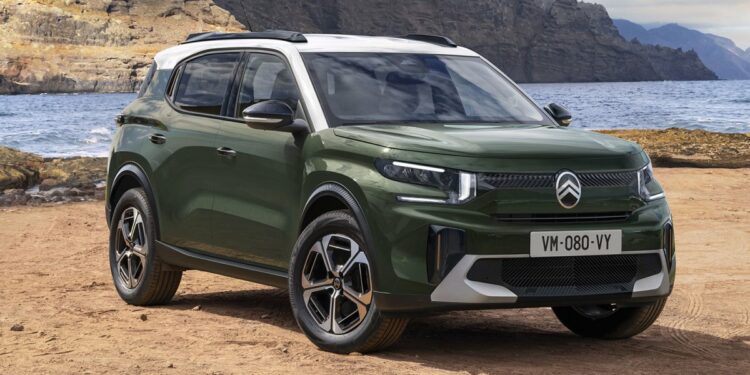(Image: ICCT)
RED III supplements test bench emissions
The mechanism of the CO₂ fleet limit value: each newly registered car in the European Economic Area (EEA), i.e. the 27 EU member states plus Iceland, Liechtenstein and Norway, but excluding the UK, is assigned an individual CO₂ value. This is determined on the laboratory test bench according to the WLTP (Worldwide harmonized Light vehicle Test Procedure) and measured at the exhaust: For electric cars, this basically means zero grams of carbon dioxide. The criticism that emissions would be shifted to electricity generation is only partially correct: the European Union also regulates the fuel side via the Renewable Energy Directive (RED), the third version of which (RED III) stipulates, among other things, that 42.5 percent of total energy consumption in 2030 must come from renewable sources.
Twelve percent reduction required compared to 2023
In the period from 2021 to 2024, the average CO₂ value of a manufacturer must not exceed 95 grams per kilometer – in the outdated New European Driving Cycle (NEDC). It is important to note that these 95 grams are an average value across all manufacturers. The individual limit value of a car manufacturer may be lower or higher, depending on the average unladen weight.
After conversion to WLTP and taking this weight factor into account, the Volkswagen Group, for example, has an actual provisional target value of 121 g CO₂/km for the current year. For Mercedes, the figure is 131 g CO₂/km due to the fat fleet, and 114 g CO₂/km for the lighter Toyotas. The ICCT uses the fully balanced year 2023 as the basis for its calculations. At 107 g CO₂/km, the average actually achieved by the car industry was already below the legally required level. Based on this value, the reduction to the 2025 target value of 94 g CO₂/km is no longer 15, but only twelve percent.
Reverse effect of the weight factor
The reverse effect of the weight factor in 2025 is interesting: nothing has changed in the formula. However, the large number of passenger cars with high mass and no CO₂ emissions –, i.e. electric cars –, means that a manufacturer with particularly heavy passenger cars on average will have stricter rather than more lenient CO₂ limits in the coming period from 2025 to 2029. Specifically, Mercedes, for example, will have to reduce from 138 to 91 g CO₂/km, while Toyota will only have to reduce from 114 to 94 g CO₂/km. What looks like a high hurdle for Mercedes is put into perspective against the backdrop of the value of 109 g CO₂/km achieved in 2023.
ZLEV correction factor
The ICCT’s list of reductions and scope for balancing is extensive. Although the recalculation of the weight factor leads to a considerable reduction in the limit value for 2025, the ZLEV correction factor (for Zero and Low Emission Vehicle) counteracts this. This refers to electric cars and plug-in hybrids. The correction factor means that a manufacturer can offset the percentage of ZLEV that is above 25 percent against the fleet limit.
A special feature in the 2025 survey year is the ZLEV correction factor: the manufacturer-specific CO2 target is calculated on the one hand from the average mass. A high weight now leads to a stricter limit. On the other hand, a high proportion of ZLEVs (electric cars and plug-in hybrids) can lead to a reduction of up to five percent.
(Image: ICCT)
It works like this: if a company registers 27 percent of new electric cars, for example, the difference to 25 percent – i.e. two percent – is added to the limit value as a discount. So if a manufacturer is allowed to have a maximum of 100 g CO₂/km in 2025, the ZLEV correction factor would turn this into 102 g CO₂/km. This added value is limited by law to a maximum of five percent.
Don’t miss any news – follow us on
Facebook,
LinkedIn or
Mastodon.
This article was originally published in
German.
It was translated with technical assistance and editorially reviewed before publication.
Source link : http://www.bing.com/news/apiclick.aspx?ref=FexRss&aid=&tid=671263eb991b47de95d25c9f3aa6dae7&url=https%3A%2F%2Fwww.heise.de%2Fen%2Fnews%2FICCT-forecast-share-of-electric-cars-will-have-to-increase-9986237.html&c=3807675633964849766&mkt=de-de
Author :
Publish date : 2024-10-18 05:26:00
Copyright for syndicated content belongs to the linked Source.


